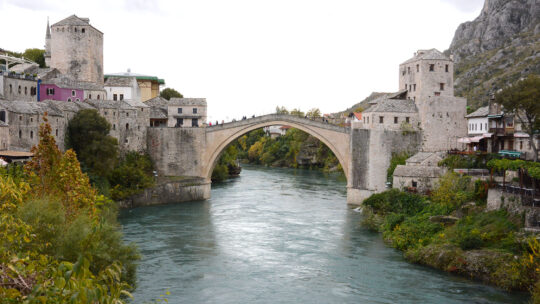
Monday marks the 27th anniversary since the tragic death of ‘Sarajevo’s Romeo and Juliet’ - Bosnian Serb Bosko Brkic and his Muslim Bosniak girlfriend Admira Ismic - who died together as they tried to flee the besieged city and start a new life somewhere in peace and without ethnic divisions.
They were killed by a sniper on May 18, 1993, while running through ‘no man’s land’ at the front line that divided the government-held centre of the city and Serb-held neighbourhood of Grbavica.
Bosko was shot first but Admira refused to leave his side. The woman laid down next to the dying body of her lover and hugged him. Then the sniper shot her too.
For days their bodies were laying embraced at no man’s land next to the Vrbanja bridge while UN peacekeepers were negotiating with the warring factions a short ceasefire just to pick them up.
Eventually, peacekeepers removed their bodies and drove them to the Serb-held suburb of Lukavica where they were buried.
After the war ended, the two families agreed to relocate their remains to the ‘Lion’ cemetery in Sarajevo where they were finally laid to rest together.
Who killed them remains a mystery, but their story was first reported by Reuters correspondent Kurt Schork who nicknamed them Romeo and Juliet. Schork was killed seven years later while reporting from Sierra Leone.
Before he died, he requested that if anything happens to him, he wants to be buried next to his heroes in Sarajevo. After he was cremated, half of his ashes were buried in his family tomb in Washington, where he lived, and the other half next to the tomb of Bosko and Admira.
Bosko and Admira met in Sarajevo in 1984.
Bosko’s parents warned their son to leave the city which was facing a war in 1992. He refused, as he wanted to stay with Admira.
The love story is Sarajevo’s inspiration for multi-ethnicity and hope that love is stronger than hatred and war.




